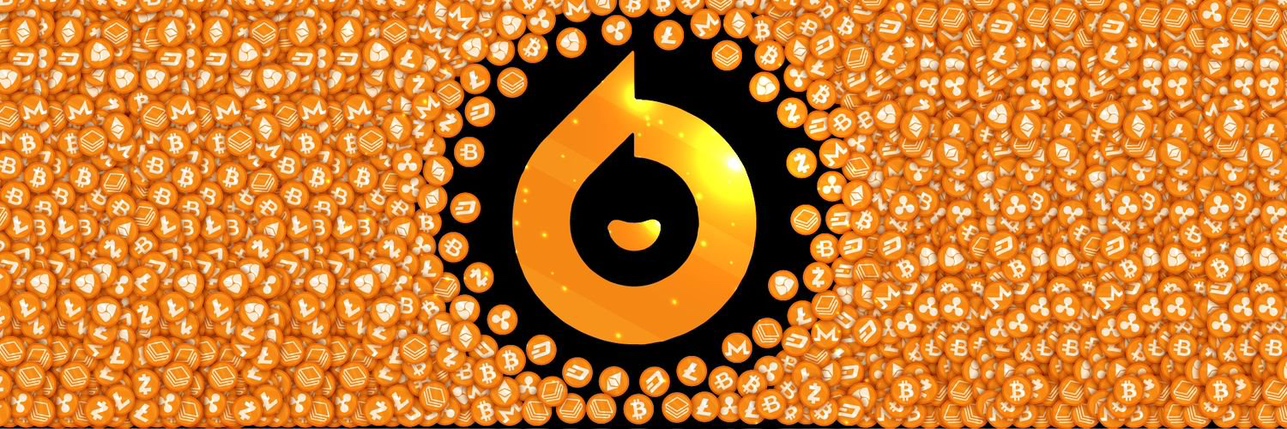
Vellum USD 價格USD1
Vellum USD 市場資訊
今日Vellum USD即時價格TWD
加密貨幣市場在2025年11月24日(星期一)經歷了顯著的活動和變化動態,這一天以比特幣持續的價格掙扎、對於山寨幣的機構採納的重大发展,以及各行各業中業的樂觀與挑戰交織著的情緒而標誌。
比特幣在顯著下滑中航行
比特幣面臨著一段挑戰期,延續了數周的跌勢,這使得其價值顯著下降。該加密貨幣在星期五下跌了多達7.6%,最終穩定在約80,553美元。這一下降導致11月份幾乎損失了25%,使其成為自2022年Terra和FTX的市場崩潰以來比特幣最糟糕的月份。此下滑被歸因於現貨拋售、來自交易所交易基金(ETF)的贖回,以及複雜的期權布局加劇了價格波動。雖然一些分析師稱之為“2025年大比特幣崩塌”,但其他人則將其視為在波動市場中的常規修正。比特幣的價格短暫跌至82,000美元以下,隨後略微反彈至83,509美元。
山寨幣在BTC壓力下展現分歧表現
與比特幣的下滑相對,一些山寨幣表現出韌性,暗示著加密生態系統內資本的重新分配。以太坊(ETH)、XRP和狗狗幣(DOGE)表現顯著更好,以太坊在24小時內上漲了0.79%,而XRP則激增了3.17%。這一相對優越的表現反映在ALT/BTC比率中,儘管比特幣下跌超過24%,但在11月該比率仍增長了近9.5%。然而,山寨幣市場的表現並非完全強勁;一些幣種,如Solana(SOL)和Cardano(ADA)在11月份的高點下降了20-35%,特別影響了去中心化金融(DeFi)和小額標的代幣。跟蹤相對於比特幣的前100個山寨幣表現的山寨幣季節指數下降至25,這意味著這些資產中只有四分之一在過去90天內表現優於比特幣。
山寨幣的機構採納里程碑
今天是機構參與山寨幣的重要進展,Grayscale Investments在NYSE Arca推出了狗狗幣(GDOG)和XRP(GXRP)的現貨ETF。這些上市旨在為主流投資者提供通過傳統經紀帳戶投資這些加密貨幣的新管道。 Franklin Templeton和Grayscale的XRP ETF獲得美國證券交易委員會(SEC)的批准,今日開始交易。此舉是在Bitwise和Canary Capital早前推出XRP ETF的基礎上進行的。
在平行發展中,新加坡交易所(SGX)衍生品推出了機構級比特幣和以太坊永續合約。這些合約提供持續的、無到期的結構,具備穩健的清算和抵押標準,為機構、合格和專業投資者提供對這些主要數字資產的受規範的敞口。
以太坊生態系統上升
以太坊網絡今日充滿樂觀,這受到即將於12月3日進行的Fusaka升級的預期推動。該升級預計將顯著提高可擴展性和效率,並降低交易成本,尤其是對於第二層網絡。以太坊的價格上漲了3.80%至2,809美元,反映了這種樂觀情緒。整個2025年11月,更廣泛的以太坊生態系統目睹了活動激增,在去中心化金融(DeFi)、非同質化代幣(NFT)和第二層網絡利用率方面達到了新的歷史高點。
DeFi和NFT市場的混合命運
DeFi行業持續發展,2025年的主要趨勢聚焦於跨鏈互操作性、與AI的整合、機構採納,以及去中心化衍生品市場的發展。全球DeFi市場預計在未來幾年將實現大幅增長。相對地,NFT市場面臨著顯著的下滑。其市場資本額下降至27.8億美元,達到自4月以來的最低點,這表明需求減少。類似地,迷因幣經歷了急劇下滑,在24小時內集體失去超過50億美元的價值。
不斷變化的監管環境
加密貨幣的監管環境正出現一些變化。美國證券交易委員會(SEC)已表示,加密貨幣將不再是其2026年議程的重點,暗示市場穩定感增加。然而,金融穩定委員會(FSB)最近強調了國際加密貨幣監管中尚存的差距,引發了對投資者保護和金融系統脆弱性的擔憂。與此同時,瑞士啟動了一項關於穩定幣和加密機構的諮詢,而阿爾及利亞於2025年7月24日實施了一項法律,將所有與加密相關的活動定為犯罪。
Bitget交易所活動
作為一家知名的通用交易所,Bitget宣布了其黑色星期五“投資並享受平等獎金”的活動,這一活動自2025年11月21日至12月1日舉行。該促銷提供了針對參與現貨網格交易的用戶的各種獎勵,包括匹配獎勵和豐厚的獎金池。此外,Bitget還為某些現貨和期貨交易對於2025年11月24日安排了升級,並對特定交易對進行了融資利率和槓桿的調整。
今天的加密市場強調了其固有的波動性,同時通過機構產品推出和對於像以太坊這樣的主要生態系統的重要發展里程碑展示了持續的成熟。
目前您已了解 Vellum USD 今日價格,您也可以了解:
如何購買加密貨幣?如何出售加密貨幣?什麼是 Vellum USD(USD1)?今天其他同類型加密貨幣的價格是多少?想要立即獲取加密貨幣?
使用信用卡直接購買加密貨幣。在現貨平台交易多種加密貨幣,以進行套利。Vellum USD價格預測
什麼時候是購買 USD1 的好時機? 我現在應該買入還是賣出 USD1?
USD1 在 2026 的價格是多少?
2026 年,基於 +5% 的預測年增長率,Vellum USD(USD1)價格預計將達到 NT$0.00。基於此預測,投資並持有 Vellum USD 至 2026 年底的累計投資回報率將達到 +5%。更多詳情,請參考2025 年、2026 年及 2030 - 2050 年 Vellum USD 價格預測。USD1 在 2030 年的價格是多少?
Bitget 觀點




USD1 資料來源
您可以用 Vellum USD (USD1) 之類的加密貨幣做什麼?
輕鬆充值,快速提領買入增值,賣出套利進行現貨交易套利進行合約交易,高風險和高回報透過穩定利率賺取被動收益使用 Web3 錢包轉移資產什麼是 Vellum USD,以及 Vellum USD 是如何運作的?
購買其他幣種
常見問題
Vellum USD 的目前價格是多少?
Vellum USD 的 24 小時交易量是多少?
Vellum USD 的歷史最高價是多少?
我可以在 Bitget 上購買 Vellum USD 嗎?
我可以透過投資 Vellum USD 獲得穩定的收入嗎?
我在哪裡能以最低的費用購買 Vellum USD?
相關加密貨幣價格
Bitget 平台新上架幣種的價格
熱門活動
您可以在哪裡購買Vellum USD(USD1)?
影片部分 - 快速認證、快速交易









